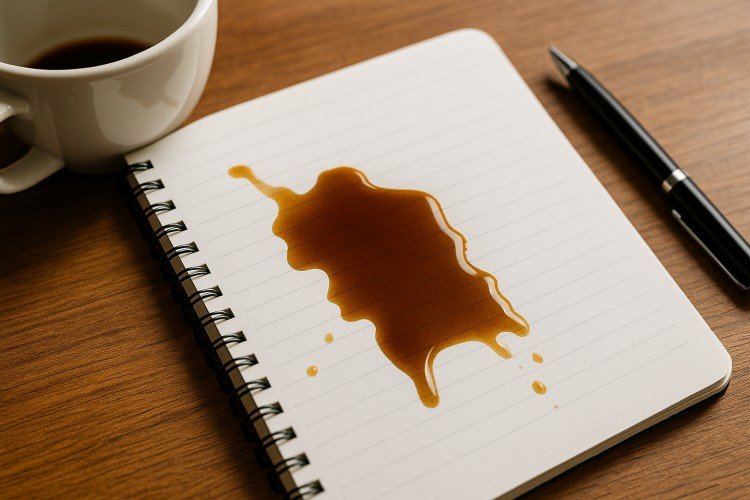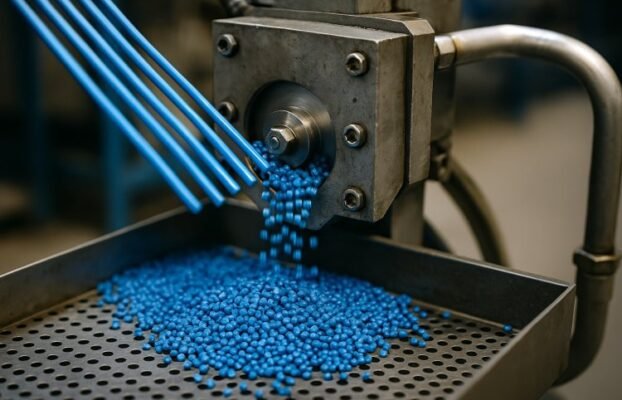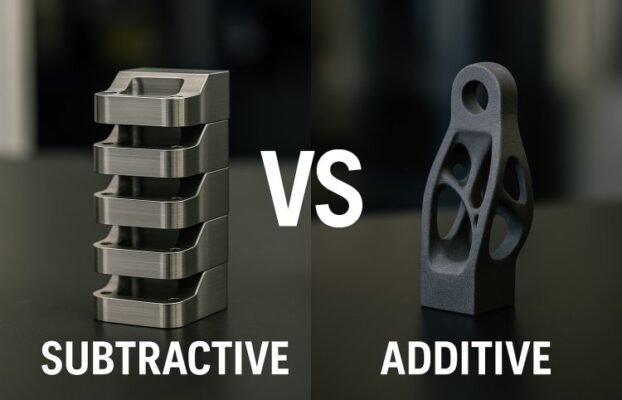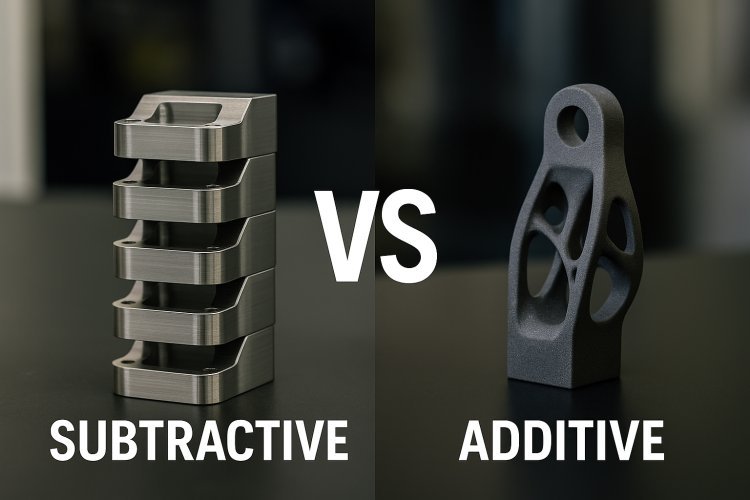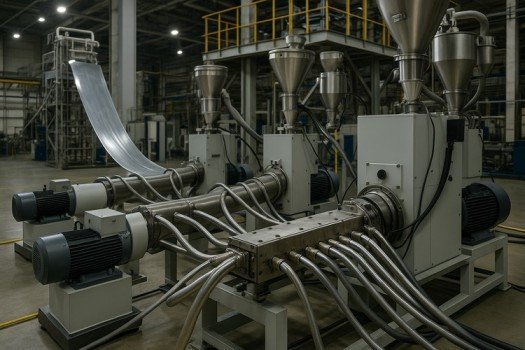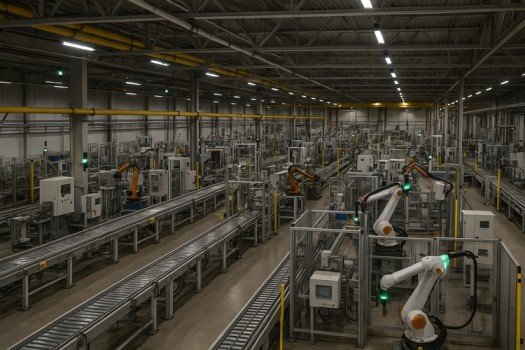Understanding the different types of stone paper helps manufacturers select optimal materials for specific applications. SPN handles food packaging, RPD replaces printing paper, RBD serves as rigid cardstock, and ST enables heat-molding. Manufacturers adjust calcium carbonate to HDPE ratios and apply specific coatings to match each type’s performance requirements.
TL;DR
- Four primary types: SPN, RPD, RBD, and ST for specific applications
- Classification based on thickness (60-400 microns), density (1.0-1.6 g/cm³), and coating
- All types share waterproof properties and tear resistance
- Understanding specifications helps match materials to production needs
Understanding Stone Paper Classification Systems
Stone paper types follow naming conventions reflecting physical properties and manufacturing processes. SPN (Synthetic Paper No Coated), RPD (Rich Mineral Paper Double Coated), RBD (Rich Mineral Board Double Coated), and ST designate thermoforming materials. As a tree-free paper alternative, stone paper eliminates deforestation concerns.
Density ranges from 1.0 g/cm³ for thin papers to 1.6 g/cm³ for rigid boards. Grammage (thickness) spans 60 to 400 microns. These specifications determine mechanical properties, printability, and applications. The pulp and paper industry uses between 33% and 40% of all industrial wood traded globally [1], making stone paper an attractive alternative. Double-coated variants receive surface treatments for enhanced ink adhesion, while non-coated versions maintain natural mineral surfaces for food contact applications.
Complete Guide to Stone Paper Types
Stone paper manufacturers produce four primary categories, each engineered for distinct applications. SPN serves food-contact needs with its uncoated surface. RPD dominates printing and publishing markets with double-coated printability. RBD provides rigid alternatives for premium packaging and children’s products. ST enables three-dimensional forming for disposable containers. Understanding each type’s composition and characteristics helps manufacturers match materials to production requirements.
SPN (Synthetic Paper No Coated)
SPN represents the thinnest category among stone paper types at 60-100 microns with 1.0 g/cm³ density. The composition maintains 80% calcium carbonate with 20% non-toxic HDPE resin functioning as an eco-friendly binder. No coating is applied, creating a characteristic velvety feel suitable for direct food contact.
Food-grade applications dominate SPN usage. Manufacturers produce burger wraps, sandwich papers, bakery packaging, and food labels with this material because SPN resists grease and maintains integrity when wet. The FDA-certified composition meets food safety standards without additional barriers. SP (Safe Performance) represents a specialized 50-micron variant optimized for flexible food packaging films and high-speed production lines. This variant serves as an alternative to plastic films while requiring FDA approval for food contact.

RPD (Rich Mineral Paper Double Coated)
RPD serves as a direct replacement for wood pulp paper in printing and publishing. The double-coated surface at 100-200 microns thickness (1.2 g/cm³ density) transforms mineral texture into a smooth, ink-receptive substrate compatible with commercial printing. Water-free production and the process of how stone paper is made directly influence RPD’s printability.
Manufacturers use RPD for notepads, magazines, books, and shopping bags. The waterproof and water-resistant characteristics differentiate RPD from traditional paper. Notebooks survive coffee spills and rain that destroy conventional products. Printing compatibility covers offset, gravure, and flexographic methods, but laser printers cause warping due to heat sensitivity in the HDPE component.
RBD (Rich Mineral Board Double Coated)
RBD functions as heavyweight cardstock at 200-400 microns with 1.5 g/cm³ density. The resin composition increases to 30% compared to the standard 20%, creating enhanced stiffness and structural integrity for standalone products.
Children’s books leverage RBD’s durability and safety profile, with tear-resistant, waterproof pages that withstand rough handling. Parents appreciate that RBD does not cause paper cuts, and neutral pH prevents yellowing. Applications include gift boxes, retail bags, cosmetic packaging, and menu covers where liquid resistance matters. The higher resin content requires specialized recycling facilities.
ST (Stone Paper Thermoforming)
ST designates formulations optimized for heat-molding where material softens, conforms to molds, and retains new shapes after cooling. Temperature tolerance ranges from -65°C to +70°C under normal conditions. Manufacturers thermoform flat sheets into disposable meal containers, food trays, and blister packaging. The formed containers maintain waterproof and grease-resistant properties while remaining photodegradable through UV exposure. Processing requires precise temperature control to avoid degrading the resin binder.
R-Series (Recycled Variants)
R-Series products incorporate recycled stone paper content. R-Paper contains 20% recycled material, while R-Board and R-Thermal reach 80% recycled content. Performance remains consistent with virgin types, though slight color variations may occur. Specialized facilities separate calcium carbonate and HDPE for material recovery, supporting circular economy principles while maintaining functionality.
Production Method Variations
Three primary methods influence stone paper properties. Casting extrudes molten material onto cooled rollers for uniform thickness. Blown film extrusion inflates tubular bubbles, creating isotropic properties. Calendering compresses material through high-pressure rollers for dense, smooth surfaces ideal for printing. Manufacturers implementing production line strategy optimize these processes for specific applications.
| Type | Thickness | Density | Primary Applications | Key Advantage |
| SPN | 60-100 μm | 1.0 g/cm³ | Food packaging, wraps | No coating needed for food contact |
| RPD | 100-200 μm | 1.2 g/cm³ | Printing, publishing | Direct paper replacement |
| RBD | 200-400 μm | 1.5 g/cm³ | Rigid packaging, books | Maximum durability |
| ST | Varies | 1.2-1.5 g/cm³ | Molded containers | Heat-formable properties |
| SP | ~50 μm | 1.0 g/cm³ | Flexible food packaging | FDA food-grade certified |
| R-Series | Matches base type | Matches base type | Cost-sensitive applications | Recycled content inclusion |
Selecting the Right Stone Paper Type
Application requirements drive selection. Food contact demands SPN or SP with safety certifications. Printing projects favor RPD for balanced printability, cost-effectiveness, and performance. Rigid packaging requires RBD, while thermoformed products need ST despite processing complexity.
Printing method compatibility eliminates options quickly. Laser printing rules out most types due to heat sensitivity. Offset and flexographic printing work well with double-coated variants. Digital printing requires corona treatment.
When considering whether stone paper is environmentally friendly, different types present unique trade-offs. R-Series products maximize recycled content but may sacrifice aesthetics. Virgin types eliminate tree harvesting but require mining operations. The range of stone paper applications continues expanding as manufacturers develop expertise with different types.

Unique Characteristics Across All Types
Waterproof performance unifies all types of stone paper. The non-porous mineral structure prevents water absorption, which weakens traditional paper. Products survive rain and spills without degradation. Tear resistance exceeds conventional paper by 40%, with the resin matrix creating uniform strength in all directions.
The velvety surface texture with its soft touch distinguishes stone paper from traditional paper and synthetic films. The non-fiber structure creates a smooth, tactile quality. Neutral pH and acid-free composition ensure stability for decades without yellowing. Natural whiteness eliminates bleaching chemicals. The material exhibits additional protective characteristics: insect-proof and rodent-resistant qualities, plus flame-retardant properties with low flammability.
Laser printer incompatibility stems from heat sensitivity in the HDPE binder. Elevated temperatures cause warping and jamming. The comparison of stone paper vs traditional paper reveals important trade-offs. Stone paper costs more per unit, though prices decline as volumes increase. The global market size reached $920.9 million in 2024 [3] and projects growth to $1.25 billion by 2033.
Recyclability requires specialized infrastructure. The mineral-resin composition cannot be processed through standard paper recycling facilities. Photodegradation offers an alternative pathway, with UV light breaking down the HDPE binder over 12 to 18 months.

Conclusion
Stone paper types solve material challenges that wood pulp paper and petroleum plastics cannot address effectively. SPN delivers food-grade safety, RPD replaces printing paper with waterproof durability, RBD provides rigid strength, and ST enables container forming. The pulp and paper industry currently accounts for 13-15% of total wood consumption [2] worldwide, creating pressure on forest resources. Stone paper types offer tree-free alternatives, eliminating deforestation concerns while delivering performance advantages.
Plentiful Choices provides comprehensive support for companies exploring stone paper integration, from material selection to production equipment specification and process optimization.
References
- [1] World Wildlife Fund. “Pulp and Paper.” WWF Industries. https://www.worldwildlife.org/industries/pulp-and-paper
- [2] World Wildlife Fund. “Pulp and Paper.” WWF Industries. https://www.worldwildlife.org/industries/pulp-and-paper
- [3] IMARC Group. “Stone Paper Market Size, Share & Growth Forecast 2033.” IMARC Market Research. https://www.imarcgroup.com/stone-paper-market
FAQ
RPD (Rich Mineral Paper Double Coated) dominates production because it directly replaces traditional paper in printing and publishing while delivering waterproof performance.
No, stone paper requires specialized infrastructure to separate calcium carbonate and HDPE. Standard paper facilities cannot process the mineral-resin mixture.
RPD and RBD both excel outdoors due to waterproof properties and UV resistance. RPD suits flexible applications, while RBD works for rigid displays.
Thickness indicates application suitability, not quality. SPN performs excellently in food packaging despite its thin profile. Quality depends on meeting requirements.
Base decisions on required rigidity. RPD works for flexible sheets needing printability, while RBD provides board-like stiffness for standalone products.
